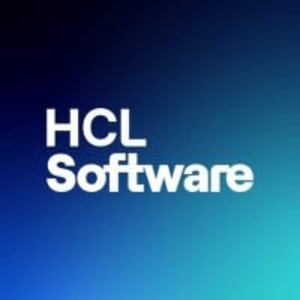I have been trying to put together a website for the last year and a half, and I have been facing some problems because the tool is unable to integrate properly with my ERP product. It is difficult to find coders for HCL Digital Commerce who can do a good job within a reasonable amount of time. I think the development curve of the tool is just too long, and there aren't enough good coders, while whoever is available takes a lot of time. The tool has a really rigid structure, so it is not something that has the simplicity to adapt to newer environments in a fast manner. If you try to tell HCL Digital Commerce that you need front-end integration, which is a standard practice right now, HCL will take a lot of time as a lot of things are not available as an out-of-the-box feature. You have to spend more time and money to get things developed in HCL Digital Commerce, which I believe causes challenges for users, especially in an Indian scenario where the tool has a primary market.



